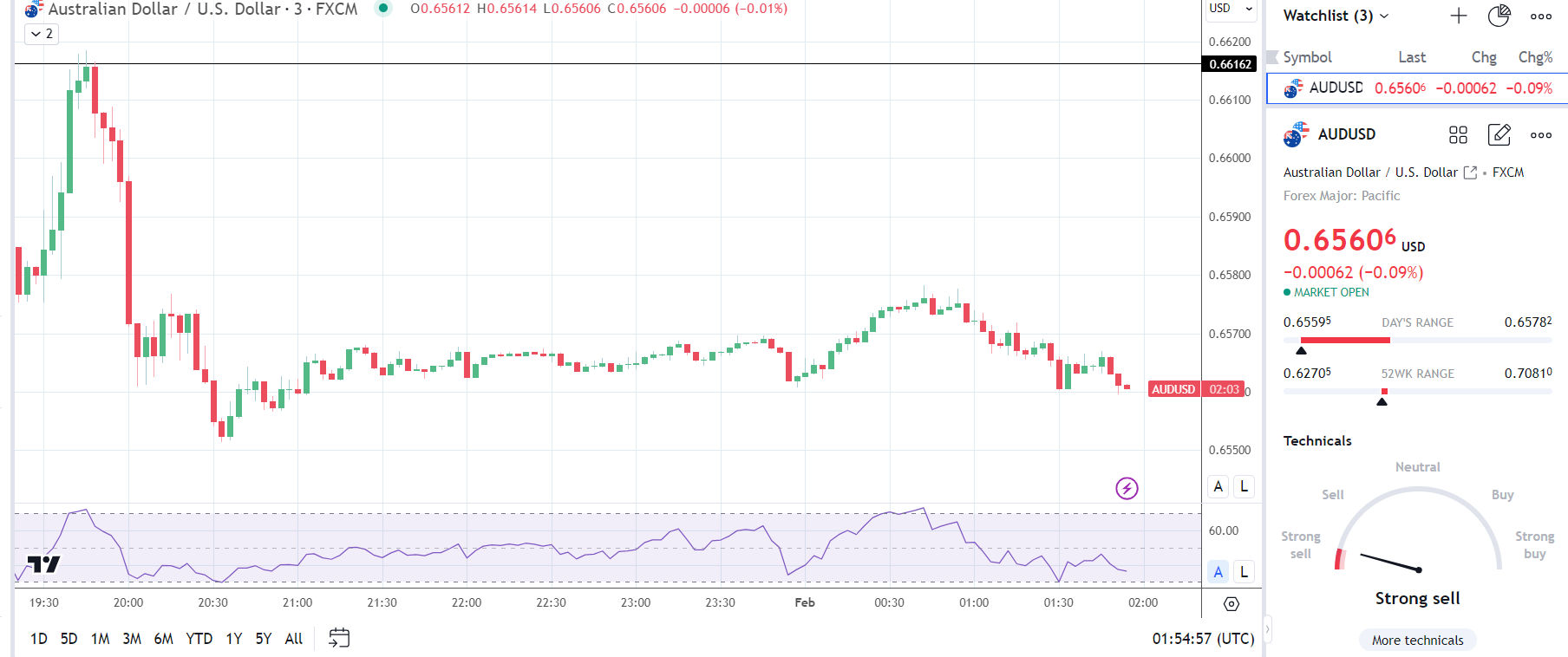Stimulus policy is not effective: China's manufacturing PMI remained at 50 in January.8
China's manufacturing purchasing managers' index (PMI) remained at 50 in January, latest data show.8 levels, struggling。

China's manufacturing purchasing managers' index (PMI) remained at 50 in January, latest data show.8 levels, struggling。U.S. manufacturing PMI data and labor market data need attention as rising overseas demand offsets weak domestic demand。
china's economy in focus on january 25。January NBS private sector PMI data affected risk assets, while Caixin manufacturing PMI was more significant。
Caixin manufacturing PMI remained at 50 in January.8 level, while economists had predicted a decline to 50.6。According to the January survey:
- New business grows at slowest pace since October 2023。
- Overseas demand increased for the first time since June 2023, albeit by a weak margin.。
- Manufacturers increase sourcing activities in response to increased overseas demand。
- Businesses cut headcount despite slowest decline in five months。
- input prices rose moderately, while the competitive landscape affected ex-factory prices。
- Still, business confidence for the next 12 months is at its highest level in nine months.。
Australian dollar exchange rate reaction
Aussie dollar rises to 0 before PMI data.$65,782 high, then fell to 0.Low of $65603。However, after the PMI data, the Australian dollar rose to zero against the US dollar..A high of $65,670 before falling to 0.Low of $65595。
On January 25, the Australian dollar fell 0.09%, reported 0.65606 USD。

US data to be released soon
There is no doubt that the US manufacturing PMI and US labor market data will attract investors "attention.。However, labor market data may be more of a concern for investors ahead of the release of the US jobs report (Feb 2).。Tight labor market conditions support wage growth, driving consumer spending and demand-driven inflation。
Economists predict that unit labor costs will increase by 1% quarter-on-quarter in the fourth quarter of 2023..6%, after a drop of 1% in the third quarter..2 per cent; non-farm productivity is also expected to grow by 2 per cent in the fourth quarter of 2023..5%, after a 5% increase in the third quarter..2%。
Notably, it is estimated that initial claims for unemployment benefits will fall from 214,000 to 212,000 in the week ending January 27.。
Disclaimer: The views in this article are from the original Creator and do not represent the views or position of Hawk Insight. The content of the article is for reference, communication and learning only, and does not constitute investment advice. If it involves copyright issues, please contact us for deletion.